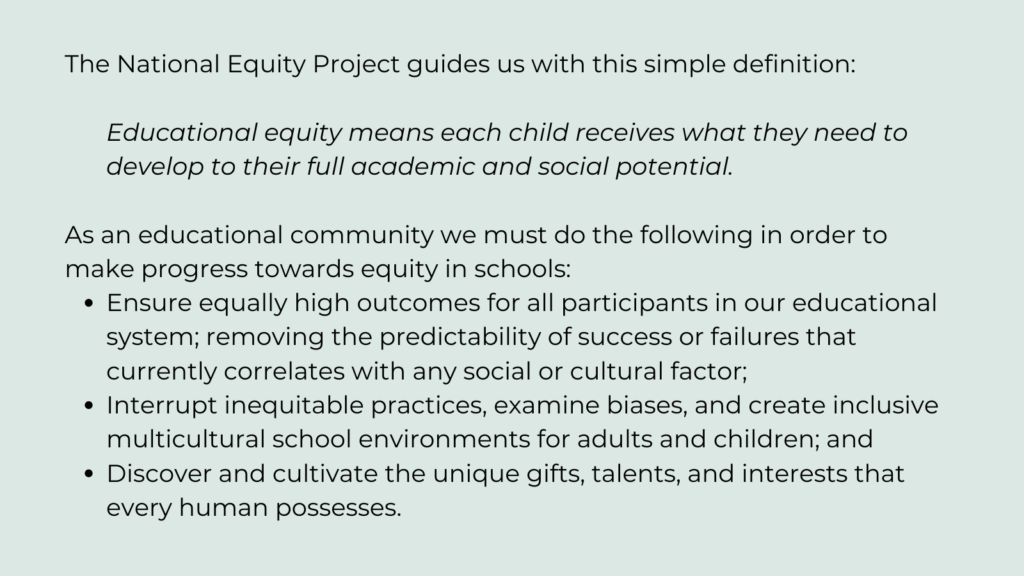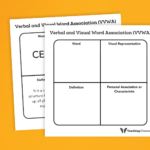Equity has become quite a hot topic in the education world. Around the country, districts are planning equity initiatives, changing policies and practices, offering training for staff, and engaging students in their efforts to become more equitable. Other terms like equality, diversity, inclusion, and culturally responsive teaching get tossed around, too, which can get a little confusing! So what does educational equity really mean? How does it differ from these other terms? And how can you ensure your classroom practices are producing equitable outcomes?
To answer these questions (and more!), we’ll give you some background on the topic of equity and offer a few impactful strategies that will help to ensure your daily practices are helping all kids succeed in the classroom. And what better way to understand what equity looks, feels, and sounds like in practice than with video! Below we’ve gathered 4 essential videos for equity-minded educators we hope will assist you in creating a vision for what your equitable classroom can be.
1. What is the difference between equality and equity? This video illustrates the difference between two terms that we’re sure you’ve heard before. Watch to differentiate the meaning of each, and to understand why opportunity and access are the keys to educational equity.
Equity vs. Equality
2. What systems might be producing inequitable outcomes in schools? Now that you’re clear on what equity means, you are ready to engage in conversation to better understand and examine the status quo. This video will help jump-start your thinking around the equitable practices and policies, or perhaps inequitable ones, you see around you.
This is Equity
3. What steps can my school or district take to ensure equity for all learners? The next video illustrates some actionable steps that can guide your institution from focusing simply on diversity and inclusion to equity, with a focus on measurable outcomes.
From Diversity to Inclusion and Equity:
Expanding and Reframing Your Institutional Strategy

In order to make educational equity a reality in the classroom, teachers can implement mindset shifts and changes to instructional strategies. Culturally and linguistically responsive teaching (CLR) practices help do just that! CLR focuses on the learning capacity of students and the cognitive development of skills to engage in rigorous content.
4. What steps can I take in the classroom to ensure equity for all learners? Dr. Sharroky iHollie, author of Culturally and Linguistically Responsive Teaching and Learning, offers a framework that outlines how to first acknowledge and honor your students’ diverse experiences, then build a bridge to rigorous academic and social standards. Take a look at this brief video explanation of his work.
With the help of these 4 essential videos, we hope your equity vision is just a bit clearer!
Remember…
“What’s at the core of equity is understanding who your kids are and how to meet their needs. You are still focused on outcomes, but the path to get there may not be the same for each one.”
— Pedro Noguera







